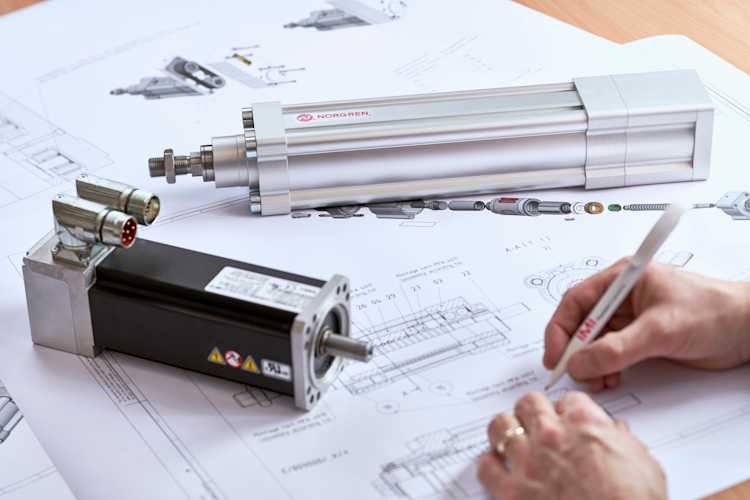Co je to elektrický akční člen?
Elektrický akční člen je zařízení, které pomocí elektromotoru vytváří potřebnou sílu pro pohyb břemene nebo pro činnost vyžadující sílu, jako je například upnutí.
28/01/2022

- Jste zde
Zobrazte informace o svém účtu včetně historie objednávek, uložených košíků a dodacích adres.
Přihlaste se, abyste získali přístup ke svému účtu.
Don't have an account? Register to access price and availability of your favourite Norgren products.